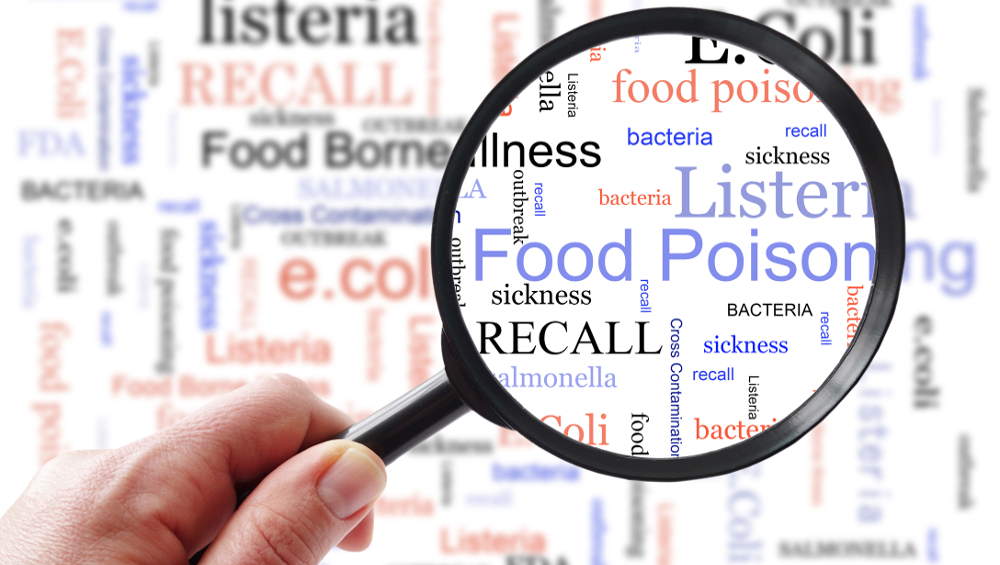Researchers have estimated there are 180 deaths per year in the United Kingdom caused by foodborne diseases from 11 pathogens.
The Food Standards Agency (FSA) estimates that about 2.4 million cases of foodborne illness occur every year in the UK.
Foodborne norovirus is projected to cause 56 deaths per year, Salmonella 33 deaths, Listeria monocytogenes 26, Clostridium perfringens 25, and Campylobacter 21. Most fatalities occur in those aged 75 years and older.
Foodborne deaths from Shigella, Cryptosporidium, Giardia, adenovirus, astrovirus and rotavirus are rare, according to the study published in the journal BMJ Open Gastroenterology.
Top five culprits
Campylobacter, Clostridium perfringens, Listeria monocytogenes, Salmonella and norovirus are responsible for 98 percent of the 180 deaths but it is not possible to rank the five pathogens. Total deaths could be as low as 113 or as high as 359.
The UK recorded 57 deaths due to Salmonella in both 2017 and 2018, according to data compiled by the European Centre for Disease Prevention and Control (ECDC).
The U.S. Centers for Disease Control and Prevention (CDC) estimated in 2011 that there were 2,612 deaths for 31 pathogens commonly transmitted by food. Total deaths could be as low as 1,723 or as high as 3,819.
In 2019, FoodNet identified 122 confirmed deaths. The Foodborne Diseases Active Surveillance Network (FoodNet) monitors incidence of laboratory-diagnosed infections caused by eight pathogens transmitted commonly through food at 10 U.S. sites.
Range due to modelling
In the UK study, four different models were developed using data from sources including enhanced surveillance, outbreaks, death certificates and hospital episode statistics data. Estimates for E. coli O157 were only possible for two models because it is not always broken down into specific strains. Listeria monocytogenes was the only pathogen for which all four estimates were possible.
These modelling approaches mean estimated deaths from foodborne norovirus range from 32 to 92, Salmonella deaths from 7 to 159, Listeria monocytogenes from 24 to 28, Clostridium perfringens from 1 to 163 and Campylobacter from 8 to 47. For E. coli O157 it was predicted there are annually between 1 and 39 deaths from foodborne sources.
Sources included Public Health England outbreak data between January 2001 and December 2016. For E. coli O157 and Listeria, Public Health England, Public Health Wales, Health Protection Scotland and the Public Health Agency in Northern Ireland do enhanced surveillance. Data on cases, hospitalizations and deaths by pathogen were extracted from these datasets. Data from death certificates in England and Wales are collected by the Office for National Statistics (ONS) and each death is coded.
For norovirus, 89 percent of people who died were over 74 years old. For Campylobacter, Listeria monocytogenes and Salmonella, the proportions were 68 percent, 54 percent and 55 percent, respectively. This is based on data where the pathogen was stated as the underlying cause on the death certificate. This may be suggestive of underlying conditions or more general frailty, which means the individual can be more severely affected by the illness, according to the study.
(To sign up for a free subscription to Food Safety News, click here.)

